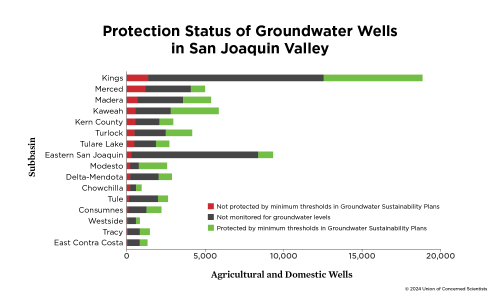A peer-reviewed article in Elementa: Science of the Anthropocene.
Climate change is expected to increase the frequency of days when it is too hot to safely work outdoors, compounding risks to workers and placing new stressors on the personal, local, state, and federal economies that depend on them. After quantifying the number of outdoor workers in the contiguous United States and their median earnings, we couple heat-based work reduction recommendations from the US Centers for Disease Control and Prevention with an analysis of hourly weather station data to develop novel algorithms for calculating the annual number of unsafe workdays due to extreme heat.
While universal adoption of 2 specific adaptation measures in conjunction could reduce mid-century and late-century economic risks by roughly 90% and 93%, respectively, practical limitations to their adoption suggest that emissions mitigation policies will be critical for ensuring the well-being and livelihoods of outdoor workers in a warming climate.



